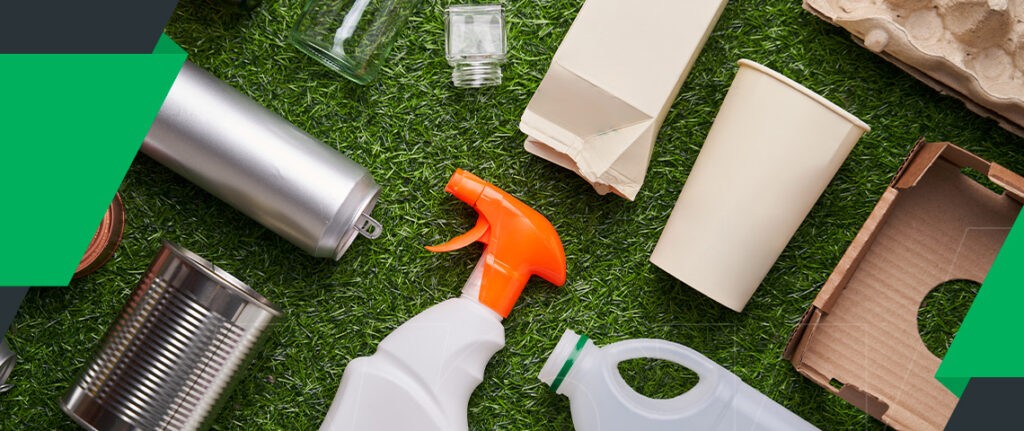Packaging is an umbrella term that includes products and solutions that serve different purposes in displaying and transporting products. Depending on the packaging you use, you can protect your products, display relevant information, extend items’ shelf life, promote your brand and optimize your presence in the store. Let’s explore why packaging matters, whether you’re launching a new product that’s almost ready to go to market or revamping and rebranding an old one. What Can Packaging Do for Your Product? Each layer of packaging in the supply chain serves several functions, including safety, security, engaging designs, improved designs and enhanced usability. However, packaging’s …

